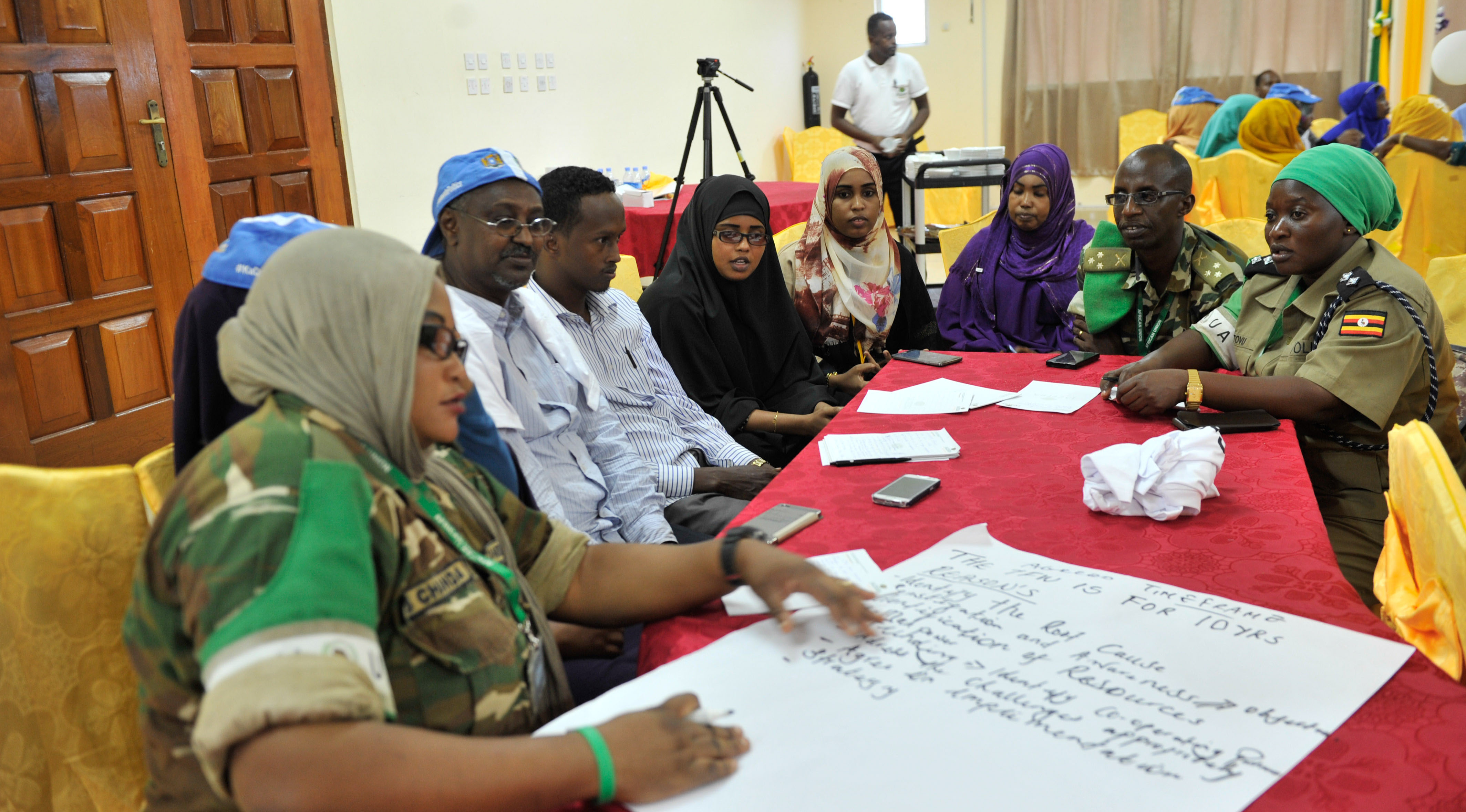In 2015, the United Nations celebrated the 15th anniversary of Resolution 1325 on women, peace and security. Despite significant progress, civil society also raised concerns about women’s rights being used as a tool in many international political strategies.
One example is the discourse surrounding the prevention of violent extremism. Resolution 2242, which calls for integration of the gender perspective in the prevention of violent extremism, was adopted in the course of the 2015 celebrations.
In this resolution, women are depicted as vigilant mothers and neighborhood experts who can detect persons undergoing radicalization at an early stage, be it their own children or those of their neighbors. They are expected to assume an important role in prevention strategies through early recognition of dangers in their environment, and provide information about radicalization of persons.
This may sound like an appealing solution. But doesn’t this sort of integration of the gender perspective in the prevention of violent extremism lead to women being reduced to these roles and feeling under pressure to monitor their environment? Doesn’t it reinforce stereotypes that are being fought against?
Comprehensive security from a gender perspective would mean one thing in particular: Upgrading districts, jobs for young women and men, community work, and good local healthcare services. Only then can women realize their vital function in society. Without investment in the social infrastructure, the role assigned to women in the policy of preventing violent extremism is nothing but token equality, a smokescreen, and even use of certain women as tools at the expense of real equality.


